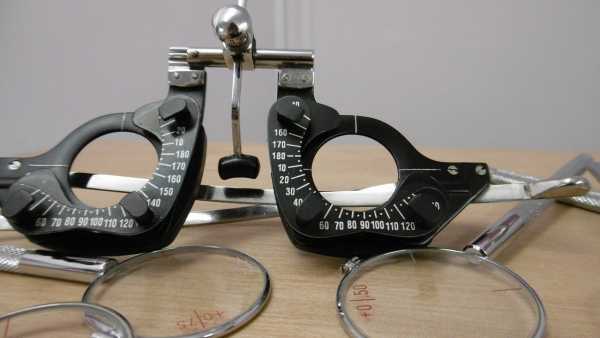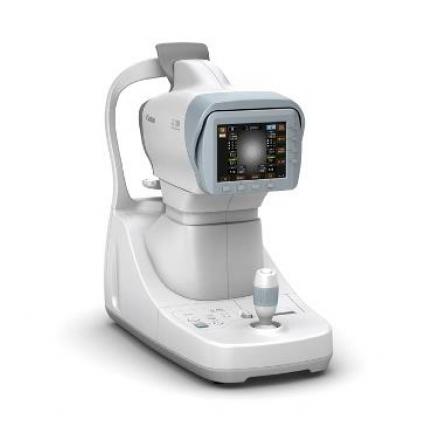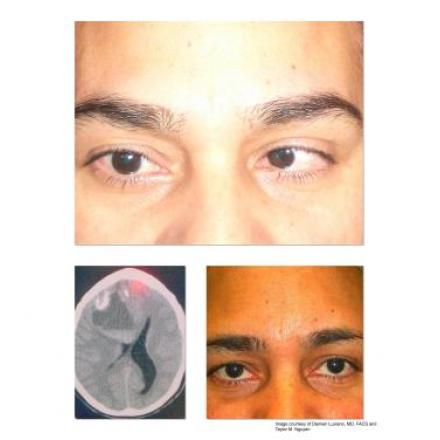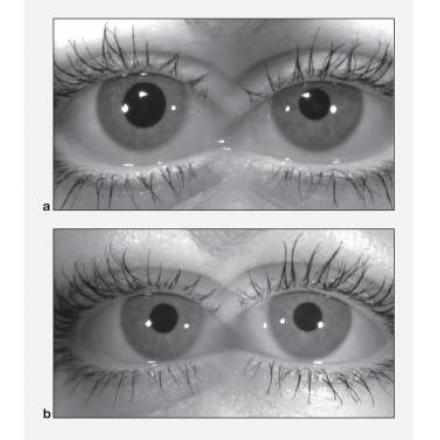
Definition of Anisometropia
Anisometropia is a refractive error in which there is a difference between the refractive powers of both eyes.
Anisometropia Causes
1- Congenital.
2- Developmental defects in which there is disproportional growth between both eyes.
3- Uniocular aphakia. It is acquired in which there was lens extraction from of the eyes due to many causes such as trauma, congenital cataracts. The aphakic eye will have high hypermetropia refractive power while the normal eyes will be within normal refractive powers.
4- After cataract surgery with miscalculation of intraocular lens power.
Types of Anisometropia
1- Simple Anisometropic Eye
Only one eye is affected while the other eye is normal. It is either simple myopic, simple hypermetropic or simple astigmatic anisometropic.
2- Compound Anisometropic Eye
Both eyes are either myopic, hypermetropia or astigmatic but with significant difference in the refractive power.
3- Mixed Anisometropic Eye
Both eyes have refractive errors but one eye is hypermetropic while the other eye is myopic .
Anisometropia Symptoms
1- Slight degree of Anisometropic error up to 2.5D is common and most of the time it is asymptomatic.
2- Significant difference more than 2.5 D can cause symptoms such as double vision and eye strain.
3- Uniocular vision in Anisometropic patient more than 2.5 D in which the patient will depend mainly on the good and ignore the abnormal high. This can cause amblyopia and strabismus if occurs early in age.
Anisometropia Treatment
1- Glasses
Which can be tolerable up to 4D difference.
2- Contact lenses
Can be used for higher difference but can cause significant difference in image magnification between both eyes.
3- Clear lens extraction
In eye with high myopic power, clear lens extraction can help to reduce the difference between both eyes.
4- Intraocular lens Implantation
In Uniocular aphakic patient, intraocular lens implant is the best treatment.
5- Treatments of complications
Children with anisometropia can develop amblyopia and strabismus. After treatment of refractive errors, treatment of anisometropic amblyopia and strabismus should be started.






